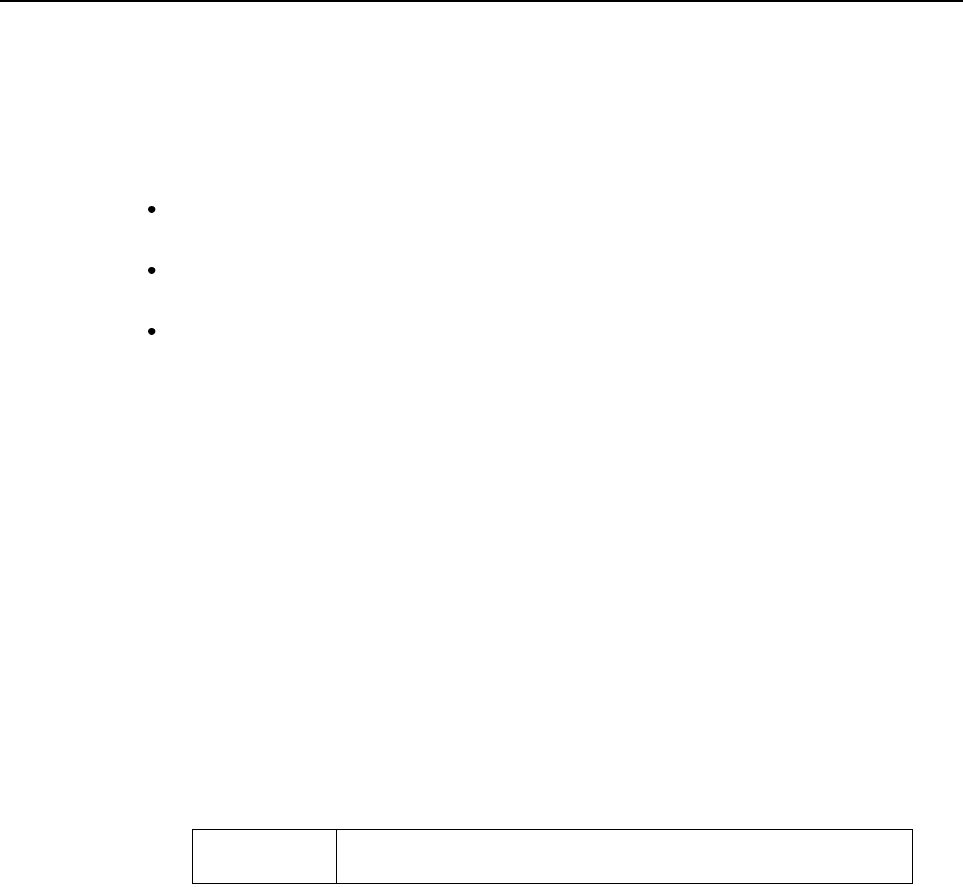
CHAPTER 14 Troubleshooting
14.1 Overview
This chapter will give you some tips to isolate hardware problems of the GP7000F. The GP7000F has some
hardware features to diagnose and monitor the hardware, and it makes trouble shooting easy and less time
consuming.
LCD panel shows hardware error messages, if it is found during power-on diagnostics or while the system is
running. Also, the CHECK LED on the front panel light up, if the GP7000F has a problem.
When the ok prompt are shown on a console display, some commands are available to show results of the
power-on diagnostics.
If problems are occurred while the operating system is running, error messages are displayed on the console
and logged in the /var/adm/messages file. When the operating system is running, a variety of diagnostic
program can be used to verify the hardware system. For more information about the diagnostic program, refer
to the manuals of the "Basic Software Extension" or "Enhanced Support Facility".
Note that errors in I/O devices such as disk drives and PCI cards are not indicated both on the LCD panel nor the
CHECK LED. Also, except for some system hardware such as processor modules, errors which are occurred while
the operating system is running are not indicated by them. The system administrator should isolate such errors by
the system console messages and the system log files.
14.2 Commands at the ok prompt
Results of initial diagnosis
The following commands are available at the ok prompt to show results of the initial diagnostic.
Also, the diagnostic results can be referred to by using the prtdiag(1M) command while the
operating system is running. For details of the LCD display messages, refer to Section 14.4 .
Table 14.1 The ’show-post-results’ Command
show-post-
results
Display results of the POST diagnostics for UPA frequency,
UPA modules, PCI slots, memory, on board IO, etc.
If the operating system can’t boot up while the power-on diagnostic has passed without any errors,
check the system’s boot device. The following commands are available at the ok prompt in order to
identify SCSI bus and SCSI devices attached.
158


















